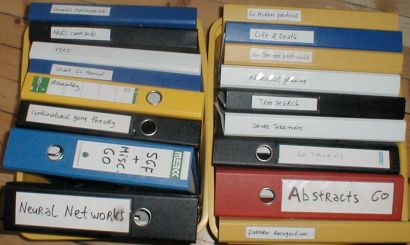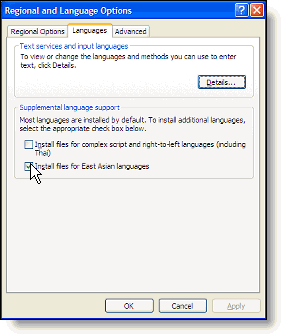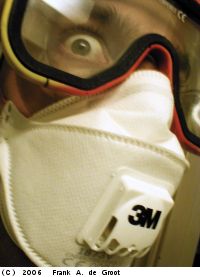Insecure
It may not seem that way, but I suffer from a severe lack of confidence occasionally. It's an irrational kind, the one that you might develop when, as a child, you never have received love.
I doubt myself in regard to MoyoGo sometimes. I am sitting behind those huge flatpanels (NASA would be envious) thinking: "Why nobody buys it?" - ignoring that I sold a copy less than 24 hours ago - and I feel a mild sense of despair. This process repeats itself every day, and yet, on average, since the first release I have sold almost one copy per day.
When I have no sales for a day or so, I start to think: "This is because the product sucks, I suck, life in general sucks and everybody hates me" and I ferociously start improving MoyoGo or the website. I did that yesterday, when I spent 8 hours trying to crash MoyoGo and fixing the underlying bugs. When I got out of the "anti-depression bath" this afternoon, I saw that I had sold a copy to someone in the Netherlands.
Better something that is imperfectly there, than nothing at all. Like when Luba told me in the abzhizhitije in Dnepropetrovsk: "Your Russian is getting worse and worse every day - are you drunk or on drugs?".
This is my blog so I can talk about anything I want - even when it's unrelated to Go programming. Well, in a way this story is, for it has contributed to shaping me.
One day I was in Orsa, Sweden. I was the most sophisticated homeless on the planet, travelling semi non-stop for many years. Autumn was approaching and foolish me, I had hoped to work in the bear park there, Grönklitts Bjørnparken. I figured they would at least give me board & lodging.
Travelling light, I crashed out in the woods, about 100 m from a logging track. Someone who had given me a lift had told me that the area was so heavily bear-infested that they wouldn't let their kids play in the garden unsupervised. I tied my mosquito net to a branch, draped my plastic foil over it and "cocooned" up, safe against the terrifying giant killer mosquitoes that managed to sting through Meindl's buffalo leather mountain boots.
I fell asleep. Suddenly - it was pitch dark - I woke up because I was pushed against the tree by something. This "something" was rather strong and kept pushing very hard, like it intended to push me right through the tree trunk.
This caused a fight-or-flight reflex in me, but I could do neither. Straightjacketed by my mummy sleeping bag, enveloped by mosquito gauze and plastic foil (tactically arranged to allow fresh air in), there was no way I could do either. "Elk or bear" went through my head, and I let out a horrific scream, summoning up all I could muster to make it as loud, long and intimidating as possible. Immediately the pushing stopped and I heard something cracking the branches around my lair.
I lay there, pounding heart, deciding what to do next. Get up and find a safer place? I was sleepdrunk and, with that creature around, too scared to get up and walk around in the forest in pitch dark (obsessed by weight-reduction of my gear, I did not carry a flashlight anymore). Then I thought: "If it fled, it was probably frightened and won't return - besides, bears don't kill people who are just sleeping".
I fell asleep and slept like a rose until morning. They told me later that it was 100% sure that it was a bear. Elk don't walk around the forest at night pushing people, they sleep.
I am not sure how this has affected me & the development of MoyoGo, but I'm sure it has, somehow ;-)








